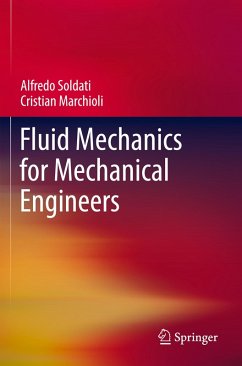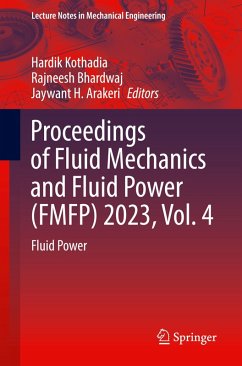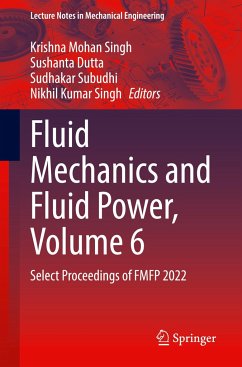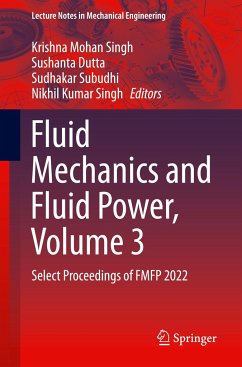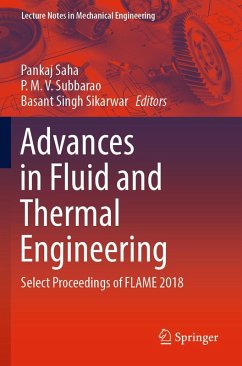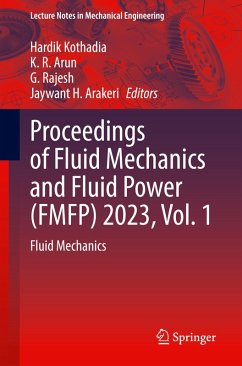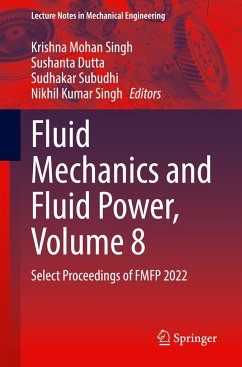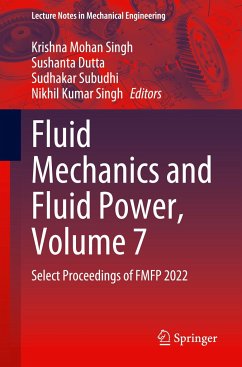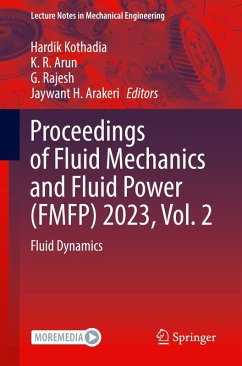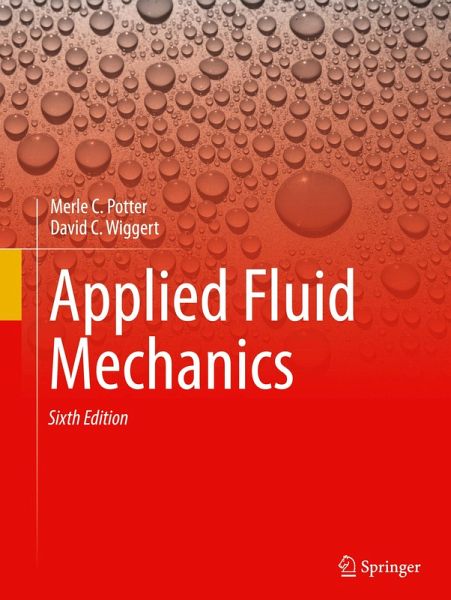
Applied Fluid Mechanics
Sixth Edition

PAYBACK Punkte
50 °P sammeln!
This textbook can be used for the second required course in fluid mechanics. It can be used for the mechanical engineering or civil engineering programs. This book reviews the more conventional elemental approach for pipe flow, channel flow, and flow between cylinders. It discusses the derivation and application of the Navier-Stokes equations to several flow situations. The content presented in this book is especially designed for civil engineering students, with detailed text on open channel flow, piping systems, turbomachinery, and for mechanical engineering students, with detailed text on t...
This textbook can be used for the second required course in fluid mechanics. It can be used for the mechanical engineering or civil engineering programs. This book reviews the more conventional elemental approach for pipe flow, channel flow, and flow between cylinders. It discusses the derivation and application of the Navier-Stokes equations to several flow situations. The content presented in this book is especially designed for civil engineering students, with detailed text on open channel flow, piping systems, turbomachinery, and for mechanical engineering students, with detailed text on the potential flow, external flows including boundary-layer theory and compressible flow. The text is designed to allow students to better understand each topic, aided by numerous examples and home problems. Students often find it quite difficult to understand many concepts encountered in fluid mechanics, such as laminar flow, the entrance region, the separated region, and turbulence. Thebook ensures that these concepts are presented correctly and in an easy-to-understand format. This book also presents all derivations and phenomena in such a way that they are more easily understood when compared with the presentations of other textbooks.



